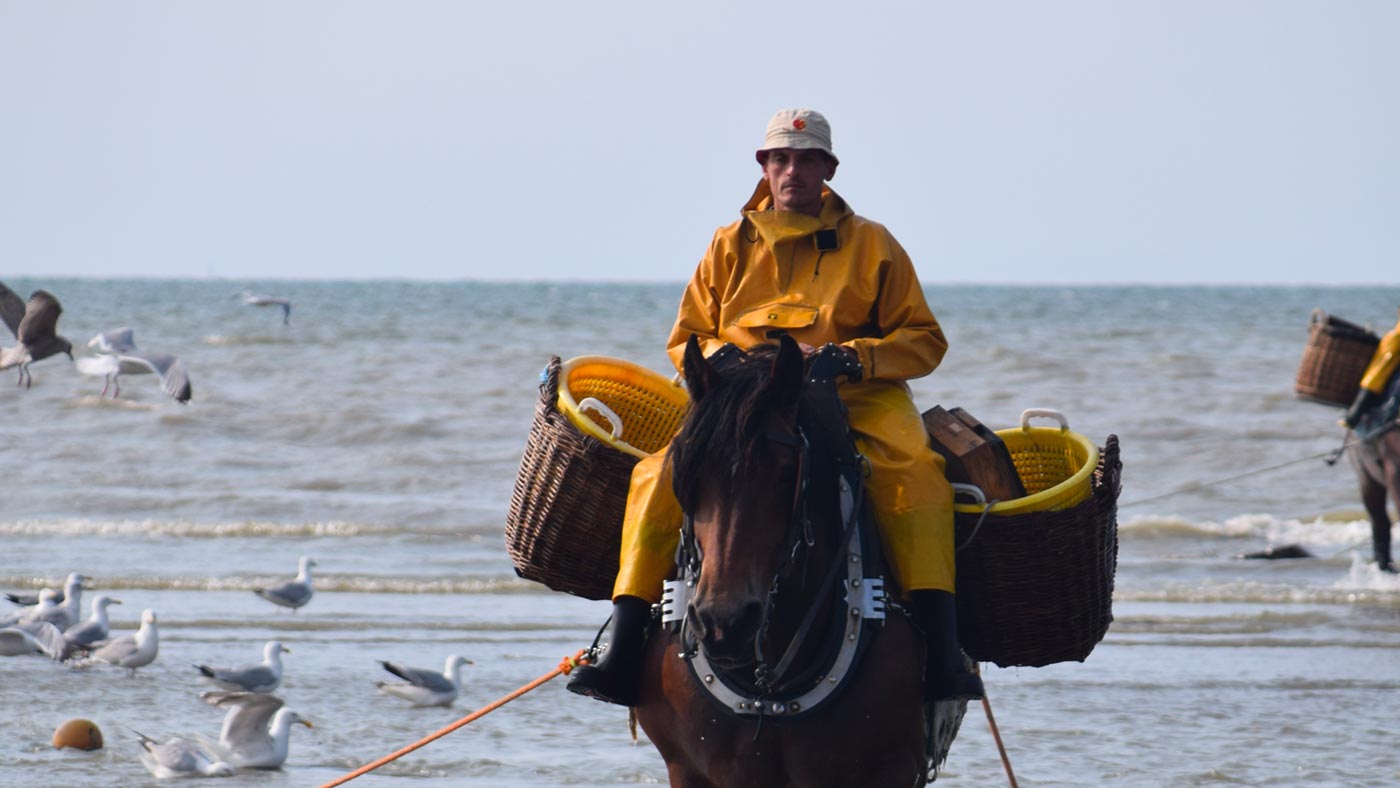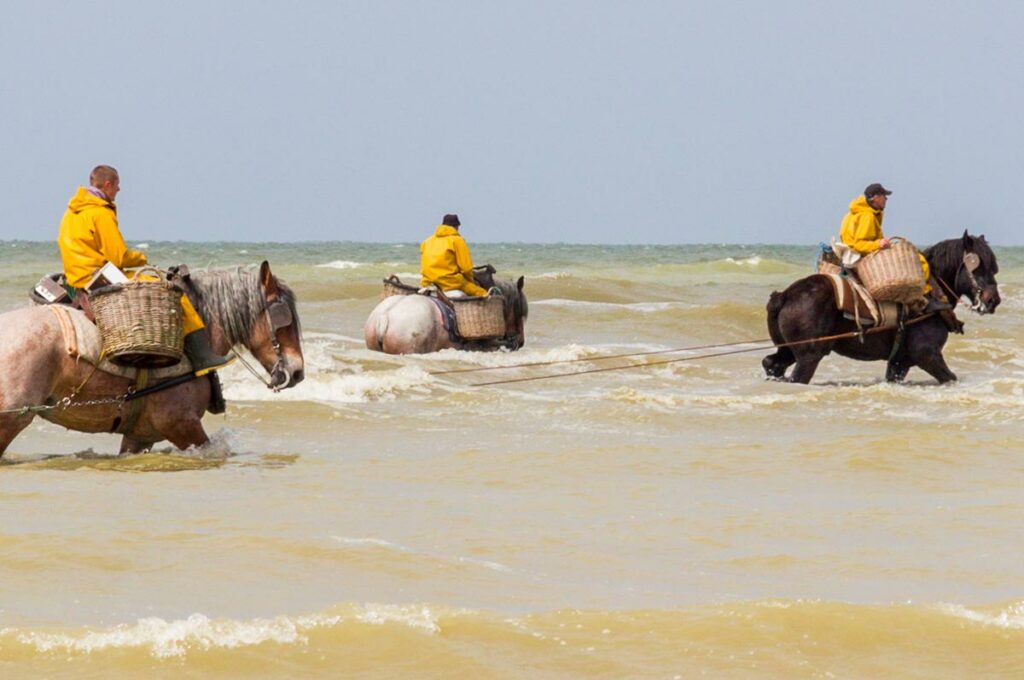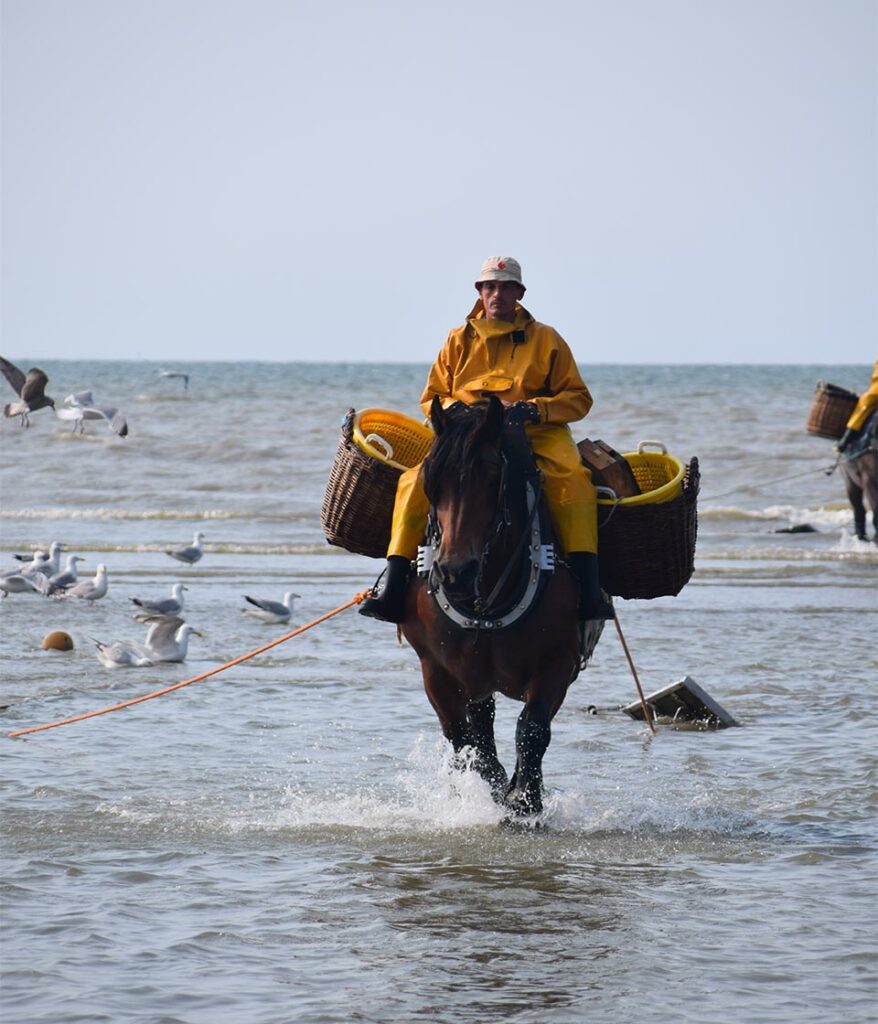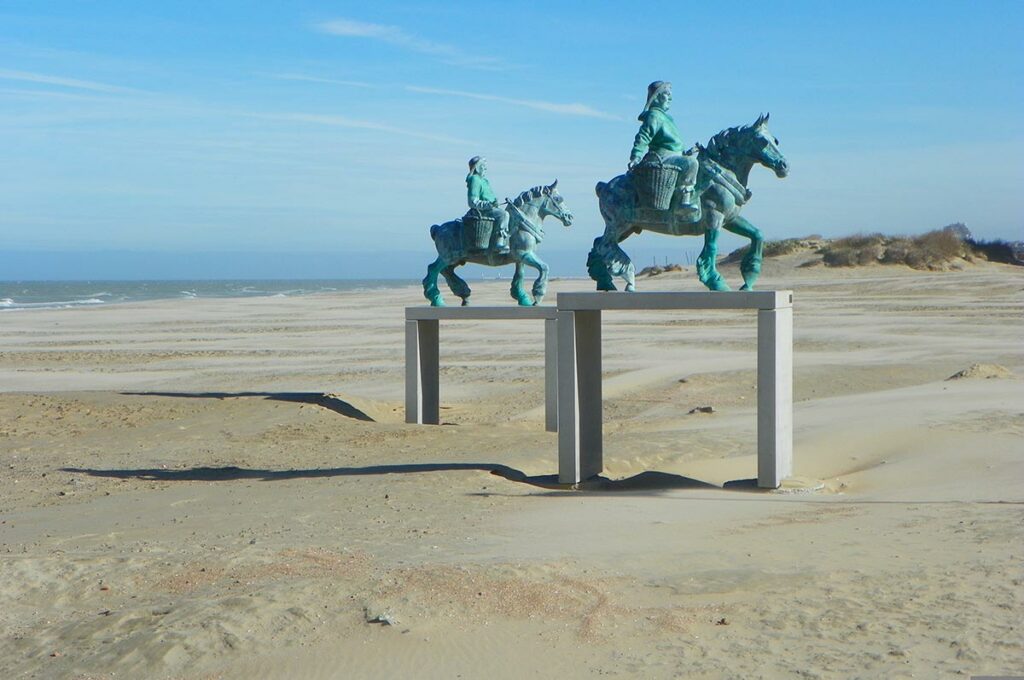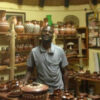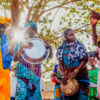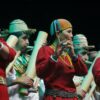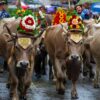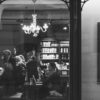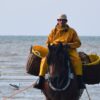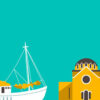The city of Oostduinkerke, in Belgium, is the only place where horseback shrimp fishing91 is practised to this day. This traditional fishing technique has been used for centuries and has been inscribed in UNESCO’s Representative List of the Intangible Cultural Heritage of Humanity in 2013.
“This can be considered as an interesting example of sustainable development with regard to the relation between local groups and communities, policy makers (in the fields of culture and tourism), beaches and the sea”92
carousel photo n.1: Shrimpfishing_on_horseback_Koksijde_02 Perrine Aguiar, CC BY-SA 4.0, via Wikimedia Commons
carousel photo n.2: @ Eddy Vercleven – pexels.com

- In the 1950s, the Shrimp Festival was created to safeguard this then disappearing and endangered practice. Since then, the festival attracts thousands of visitors each year and helps to raise awareness about this living heritage.
- Inhabitants of Oostduinkerke spend months preparing the festival by building floats, organising street theatre performances and creating costumes, which are all ICH assets related to this practice.
- This living tradition gives to the community a strong feeling of collective identity.
- Practitioners offer demonstrations of their techniques and share their know-how with visitors and schools. The horseback shrimp fishing has become “one of the most important tourist attractions of the Belgian coast”.
- A safeguarding committee for the shrimp fishing on horseback was established, made up of representatives of the various stakeholders involved, including the Households of Horse Shrimp Fishers.
- The city council has drawn up a municipal spatial structure plan that pays attention to sustainable tourism.
- The NAVIGO Museum of fishery and the municipality are committed to organising activities around the culture of shrimp fishing on horseback and intangible heritage, with view to raising awareness on the heritage as the main goal.

- Supported by the mediation role of NAVIGO, the ICH practice and related tourism are being monitored closely, researched and shared in international networks.
- Shrimp fishers are not able to make a living from their practice as the fishing activity and tourism activities related to their practice aren’t possible all year-round. Fishing is often a sideline activity. A set of support measures have been developed by the municipality in consultation with the Safeguarding Committee, with view to provide help to the fishing families.
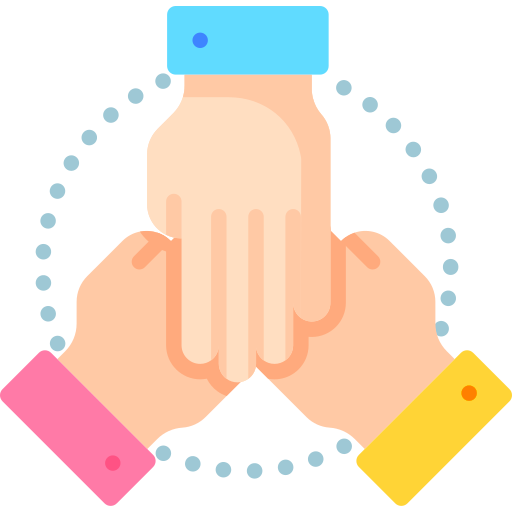
Collaboration: The safeguarding of horseback shrimp fishing takes the form of a cooperation of communities with local politicians, municipal services such as the Tourism service, and the mediation role of the NAVIGO museum, as well as support by the Flemish ICH Organisation, heritage expertise centers and FARO, the Ministry of Culture and other stakeholders.
- 91 Jacobs, M. (2015). ‘Domesticating and harvesting shrimps – Fisher communities and the sea. Blue Ocean Strategies, translation processes and the UNESCO paradigm of safeguarding intangible cultural heritage’, Heritage and Memories from the Sea. 1st International Conference of the UNESCO Chair in Intangible Heritage and Traditional Know-how: Linking Heritage. 14-16 January 2015. Evora. Portugal. 174-189 Available at: https://www.academia.edu/16962350 Domesticating_and_harvesting_shrimps_Fisher_communities_and_the_sea._Blue_Ocean_Strategies_translation_processes_and_the_UNESCO_paradigm_of_safeguarding_intangible_cultural_heritage
- 92 Jacobs, M. (2015). ‘Domesticating and harvesting shrimps – Fisher communities and the sea. Blue Ocean Strategies, translation processes and the UNESCO paradigm of safeguarding intangible cultural heritage’, Heritage and Memories from the Sea. 1st International Conference of the UNESCO Chair in Intangible Heritage and Traditional Know-how: Linking Heritage. 14-16 January 2015. Evora. Portugal. 174-189 Available at: https://www.academia.edu/16962350 Domesticating_and_harvesting_shrimps_Fisher_communities_and_the_sea._Blue_Ocean_Strategies_translation_processes_and_the_UNESCO_paradigm_of_safeguarding_intangible_cultural_heritage

